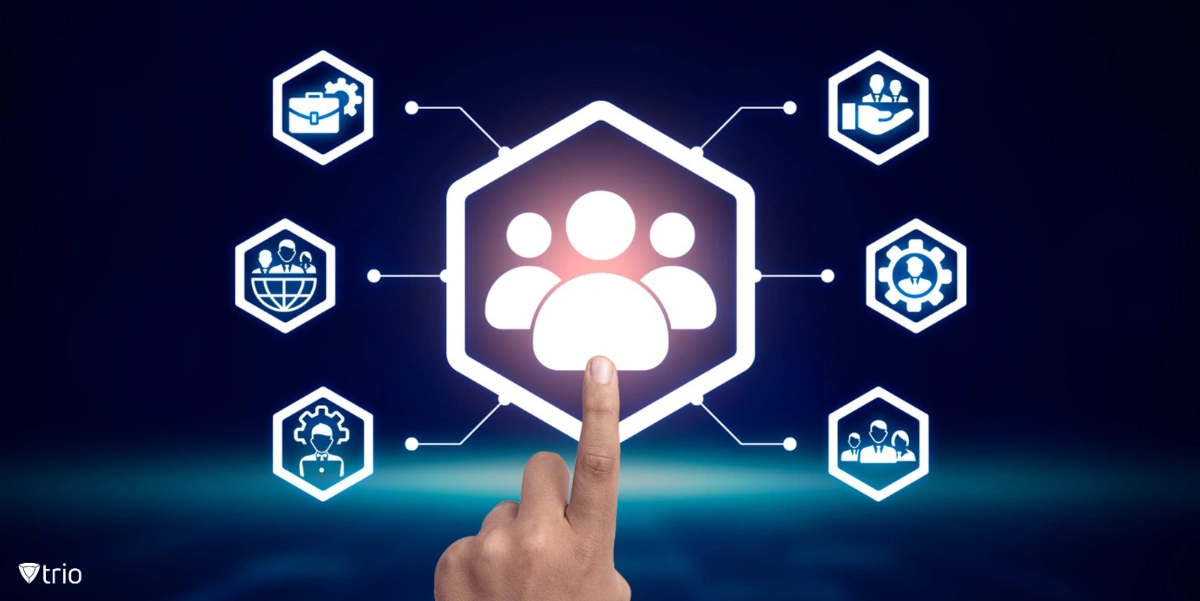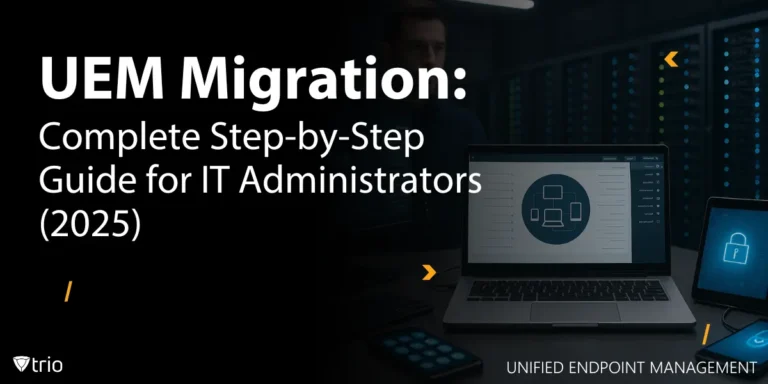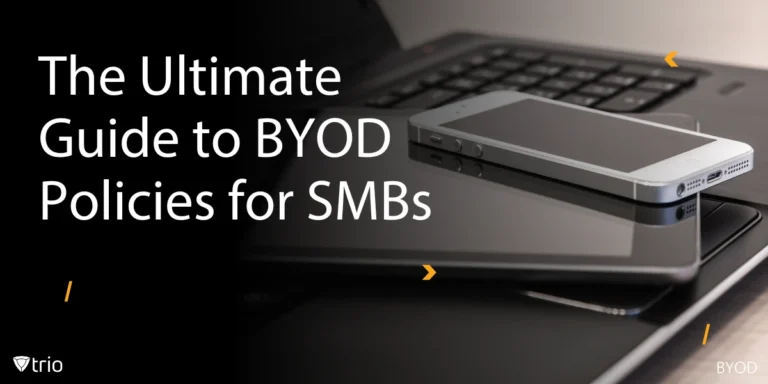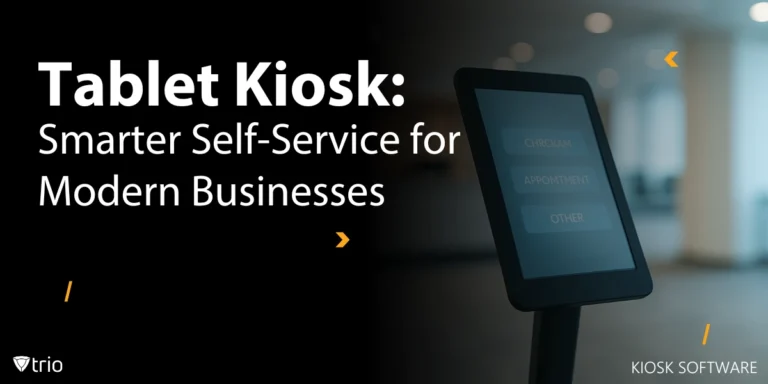In today's digital workplace, the seamless integration of new employees into the company's network is crucial for maintaining productivity and ensuring security. This integration process is heavily reliant on a concept known as "access provisioning," which is the cornerstone of effective identity and access management. Provision access not only facilitates a smooth onboarding experience for new hires but also serves as a safeguard against unauthorized access, making it an indispensable component of any organization's security strategy. As businesses continue to navigate the complexities of digital transformation, understanding and implementing efficient access provisioning practices have become more important than ever.
Introduction to Access Provisioning
Access provisioning, a fundamental aspect of identity and access management (IAM), refers to the process of granting, managing, and revoking user access rights within an organization. It encompasses a range of activities from creating user accounts to assigning appropriate access levels based on job roles and responsibilities. The core objective of access provisioning is to ensure that employees have the right access to the necessary resources to perform their duties efficiently while maintaining data security and preventing unauthorized access. What is account provisioning, if not the very gatekeeper of your organization's resources?
The Importance of Access Provisioning in Data Security
User access provisioning plays a critical role in safeguarding sensitive information within an organization. By controlling who has access to what data, companies can significantly reduce the risk of internal and external breaches. Proper access provisioning ensures that only authorized personnel can access specific data sets, applications, or systems, thereby minimizing the potential for data leaks, theft, or other cyber threats. Effective access provisioning is not just about security; it also ensures that new employees can hit the ground running with the right tools and access from day one.

Types of Access Provisioning
Navigating through the maze of user access rights can be daunting. To simplify this process, various types of access provisioning have been developed, each tailored to fit different organizational needs and security models. These methodologies range from owner-driven discretionary models to highly automated and policy-based frameworks. By understanding the nuances of each type, organizations can select and implement the most suitable access provisioning strategy, ensuring that the right people have the right access at the right time.
Discretionary Access Provisioning (DAP)
DAP is a model where the owner of the resource decides who gets to access it. This approach is flexible but can be risky if not managed carefully, as it relies on individuals to control access.
Self-Service Access Provisioning
This model allows users to request access to resources themselves through a portal or system. It often incorporates approval workflows to ensure oversight and control.
Workflow-Based Access Provisioning
Workflow-based provisioning involves predefined processes and protocols for granting access. It typically includes an automated system that follows a series of steps, such as approvals from managers or IT staff, before access is granted.
Other Types of Access Provisioning
Role-Based Access Provisioning (RBAP): Access rights are granted based on the user's role within the organization.
Attribute-Based Access Provisioning (ABAP): Access is provided based on attributes or characteristics of the user, such as department or location.
Rule-Based Access Provisioning: Access is determined by rules set by the organization, which can include a combination of roles, attributes, and other factors.
Benefits of Access Provisioning in Organizations
Access provisioning offers several benefits, including:
- Auditing and Compliance: A robust access provisioning system allows for a clear record of who has access to what, enabling easier compliance with regulatory requirements.
- Streamlined Access for New Employees: New hires can be granted the necessary permissions from their first day, ensuring productivity and efficiency.
- Secure Onboarding Protocols: Proper onboarding protocols ensure that access rights are granted securely, reducing the risk of unauthorized access.
- Access Rights Automation: Automated systems can manage access rights for users, reducing the administrative burden and potential for human error.
- Enhanced Security: By ensuring only authorized individuals have access to specific data and systems, access provisioning minimizes the risk of data breaches.
- Automated Provisioning: Automation reduces the manual workload on IT staff and accelerates the provisioning process.

Best Practices for Access Provisioning
To optimize access provisioning, organizations should:
Establish Clear Access Policies: Define and document policies regarding who can access what, under what conditions, and who approves those access rights.
Conduct Regular Access Reviews: Regularly review and update access rights to ensure they are still relevant and secure.
Implement Role-Based Access Controls (RBAC): Assign access based on roles to streamline the provisioning process and improve security.
Introducing Trio MDM: A Solution for Access Provisioning
Trio MDM stands out as a solution for the challenges of access provisioning. It offers a suite of tools designed to help IT administrators efficiently manage user access. With features such as automated provisioning workflows, comprehensive auditing, and a user-friendly interface, Trio MDM simplifies the complex task of access management. Its ability to integrate with existing systems ensures a seamless provisioning experience across various platforms.
By using Trio MDM, your company can:
Automate Access Provisioning: Reduce manual efforts and errors with automated workflows.
Streamline Compliance Efforts: Keep accurate records of access rights and changes for auditing purposes.
Enhance Security Posture: Implement consistent access policies and quickly respond to security incidents with better control over user access.
Organizations that utilize access provisioning solutions like Trio MDM can reduce the time spent on access-related tasks dramatically. Additionally, the risk of access-related security breaches drops significantly, making it an essential tool for modern businesses. To witness firsthand the positive impact that such a system can have on your operation, you're invited to try out Trio’s free demo and see how you can make a difference in IT automation at your organization.
Conclusion: What Is the Most Efficient Way to Access Provisioning?
Efficiently assigning and managing access rights for new employees is crucial for security and productivity. Access provisioning serves as the backbone of this process, ensuring that data remains secure while employees have the access they need. By following best practices and leveraging tools like Trio MDM, organizations can achieve a secure and efficient access provisioning system.
Remember, the right access provisioning strategy is not just about security; it's about enabling your workforce to succeed in a secure environment.
Get Ahead of the Curve
Every organization today needs a solution to automate time-consuming tasks and strengthen security.
Without the right tools, manual processes drain resources and leave gaps in protection. Trio MDM is designed to solve this problem, automating key tasks, boosting security, and ensuring compliance with ease.
Don't let inefficiencies hold you back. Learn how Trio MDM can revolutionize your IT operations or request a free trial today!





